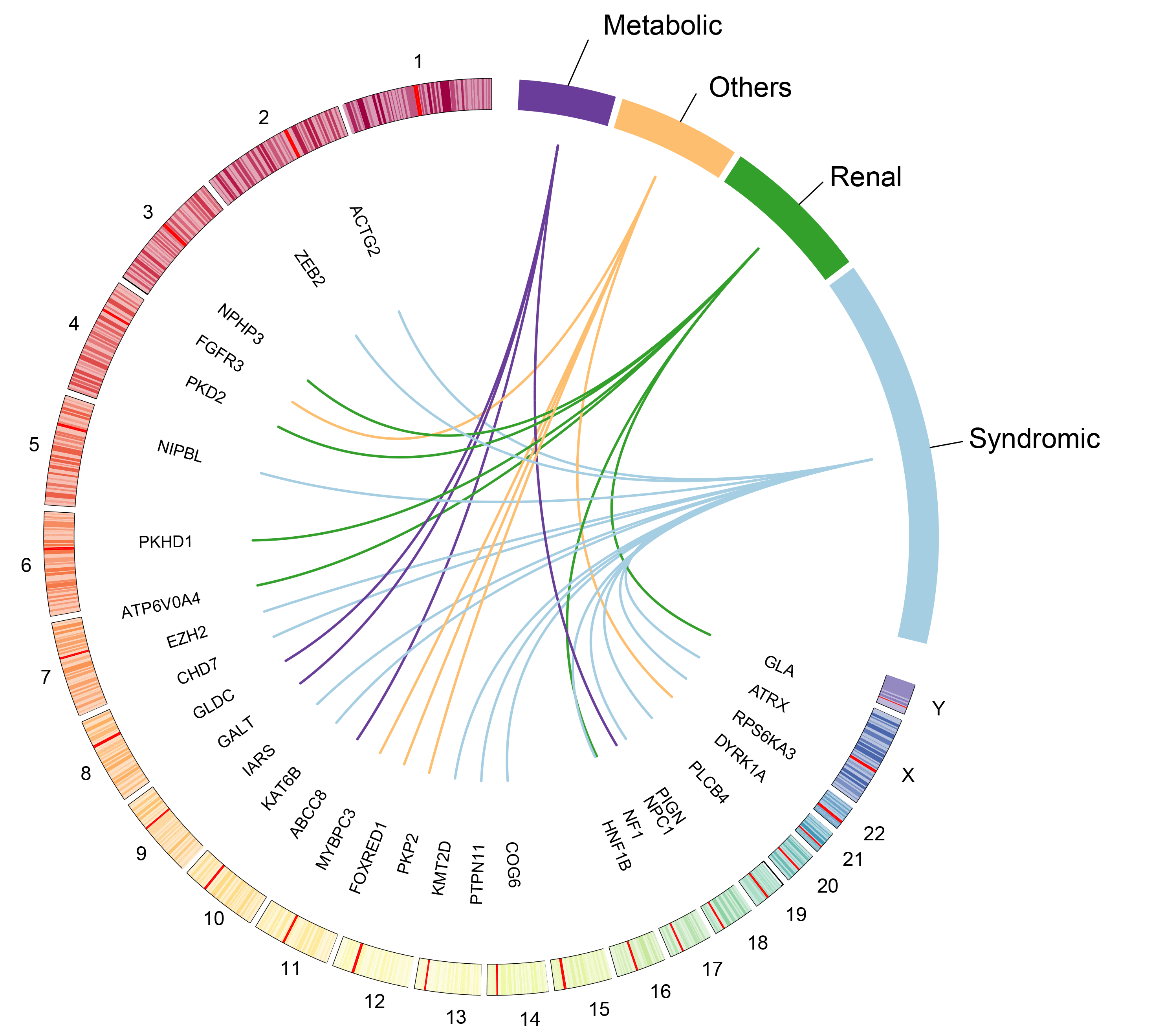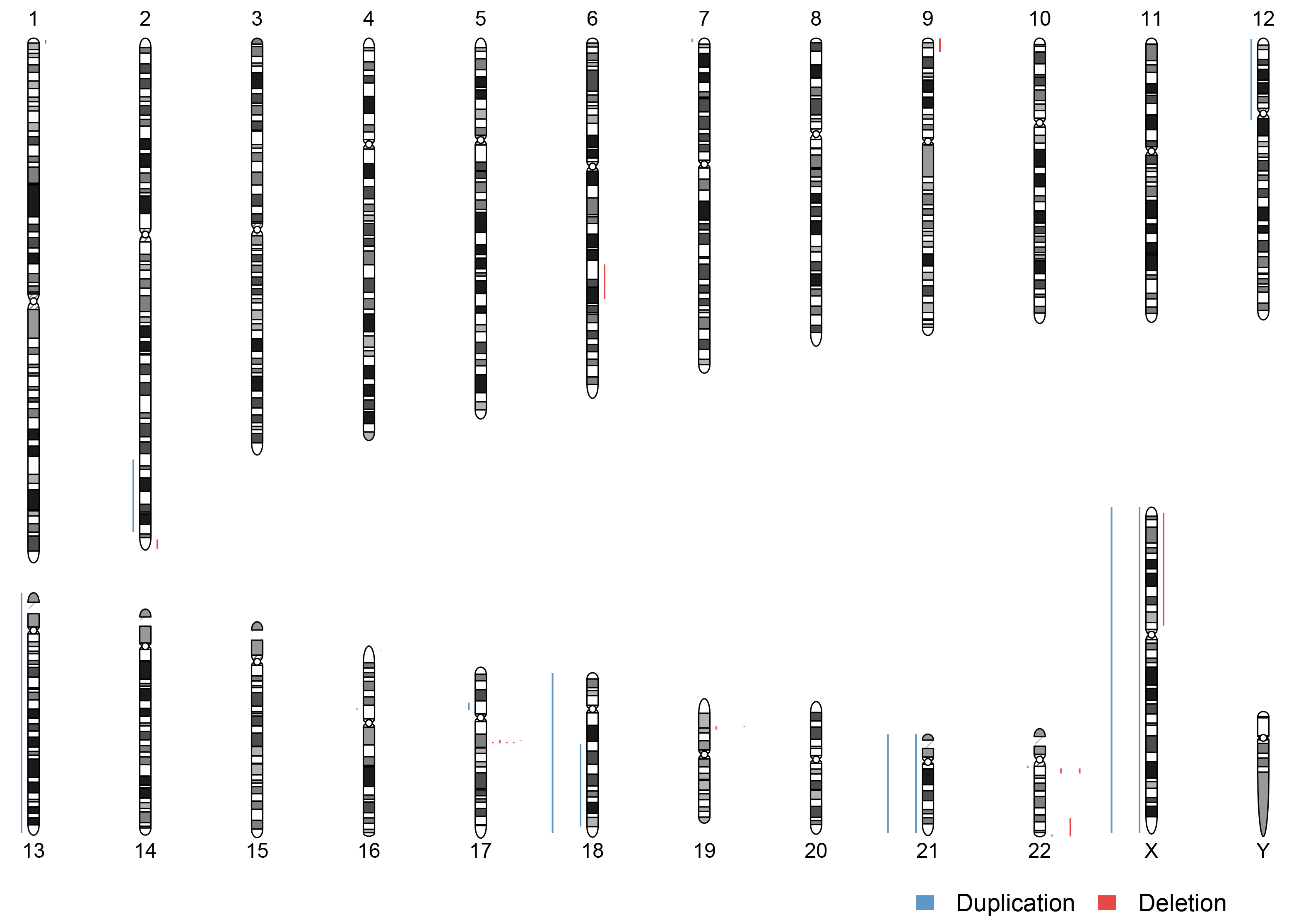Neonatal Nephrology/AKI
Nephrology 2: CAKUT/Genetic Clinical and Basic Science
272 - Genetic spectrum of congenital anomalies of kidney and urinary tract in Chinese Newborn Genome Project
Saturday, April 29, 2023
3:30 PM - 6:00 PM ET
Poster Number: 272
Publication Number: 272.251
Publication Number: 272.251
Zhelan Huang, Children’s Hospital of Fudan University, Shanghai, Shanghai, China (People's Republic); Qian Shen, Children's Hospital Of Fudan University, Shanghai, Shanghai, China (People's Republic); Bingbing Wu, children's hospital of Fudan University, shanghai, Shanghai, China (People's Republic); Huijun Wang, Children's Hospital of Fudan U, Shanghai, Shanghai, China (People's Republic); Liyuan Hu, Fudan University, shanghai, Shanghai, China (People's Republic); Hong xu, Children's Hospital of Fudan UNiversity, Shanghai, Shanghai, China (People's Republic); Lin Yang, Children's Hospital of Fudan University, Shanghai, Shanghai, China (People's Republic); Wenhao Zhou, Children's Hospital of Fudan University, Shanghai, Shanghai, China (People's Republic)

Zhelan Huang
Shanghai
Children’s Hospital of Fudan University
Shanghai, Shanghai, China (People's Republic)
Presenting Author(s)
Background: Congenital anomalies of kidney and urinary tract (CAKUT) corresponds to a spectrum of defects while genetic mutations can account for about 20% of cases. Whole-exome sequencing (WES) has been largely adopted by clinical and molecular laboratories, extensively defining the genetic landscape of CAKUT. Several studies have used high-throughput sequencing in large cohorts to investigate the genetic risks of CAKUT during antenatal and childhood period. However, the utility of WES in newborn patients with CAKUT remains to be evaluated.
Objective: To explore the genetic spectrum of CAKUT by using WES in a Chinese neonatal cohort.
Design/Methods: The retrospective study was a part of the Chinese Newborn Genome Project (CNGP). Newborns diagnosed with CAKUT were recruited from January, 2016 to June, 2021. Inclusion criteria were infants (≤28 days old, age on admission) clinically diagnosed with CAKUT. Exclusive criterion was incomplete clinical information. WES was performed in all patients. The clinical data and exome sequencing data were collected. WES data were analyzed for putatively deleterious SNVs and potentially disease-associated CNVs.
Results: Among 330 patients with CAKUT, 61 newborns (18.5%, 61/330) were identified with pathogenic variants, including 35 patients (57.4%) with SNVs, 25 patients (41%) with CNVs, and 1 patient with both SNV and CNV. The genetic diagnosis rates were significant greater in patients with extrarenal manifestations (P<0.001), especially with cardiovascular complications (P<0.05). Variants in genes related to syndromic disorders were the most commonly detected variants, affecting 20 patients (32.8%, 20/61). KMT2D is the most common gene, identified in five patients and 17q12 deletion is the most common CNV, identified in four patients. Patient 110 was detected with both a CNV (17q12 deletion) and an SNV (a homozygous variant of SLC25A13). Among the newborns with positive genetic results, twenty-two (36.1%, 22/61) patients may benefit from a molecular diagnosis and change clinical management.
Conclusion(s): This was the first multi-center cohort of Chinese newborn with CAKUT tested with WES as far as we know, which provides an in-depth understanding of clinical utility of WES in neonatal period. A diagnostic yield of 18.5% (61/330) was achieved and CAKUT patients with extrarenal manifestations (especially cardiovascular complications) are more likely to harbor a genetic diagnosis. Kabuki syndrome and 17q12 deletion syndrome are the most common genetic findings. Among the newborns with positive genetic results, 22(36.1%, 22/61) patients may benefit from a molecular diagnosis.
.gif)


